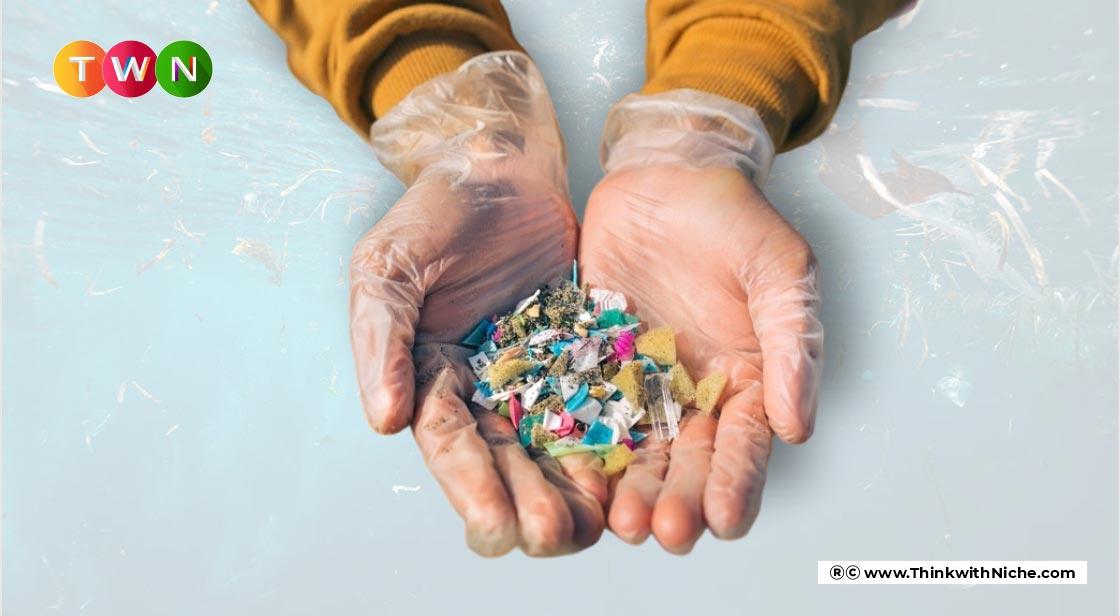
You can't avoid it, whether you like it or not. Plastic is an integral part of everyone's daily lives around the world. Divyanshu, no! You can't possibly be correct! I don't use plastic in my daily activities because I carry my groceries in only paper bags and drink my coffee only from clay cups. But, do you use a toothbrush to brush your teeth? If you answered yes, you are a plastic user. Do you also write with a pen? You're using plastic once more. Okay, last but not least, do you drink water? You're using plastic once more. No matter what, you can't get away from plastic.
Isn't it shocking? What if I told you that you consume at least 120 to 130 microplastic particles every day? I'm sure you're thinking of a lot of questions right now, but don't worry, my friend; I've got you covered! I'll do my best to answer any questions you might have about microplastic, and how the microplastic problem is anything but micro! Let's start by defining what this material is.
What is Microplastic?
Plastic is virtually indestructible; 1 kilogramme of plastic takes nearly 3 billion years to degrade. Plastic does not break down into simple compounds. Plastic simply breaks down into tiny particles and floats around freely in our surroundings. Microplastic refers to tiny particles that can only be seen under a microscope. Microplastic can be found in your food, beverages, and even in the air you breathe. Governments completely ignored the microplastics problem until 1990! Until that time, it was perfectly legal to throw plastic waste into the ocean, resulting in the degradation of our aquatic life. Several garbage islands have formed over some waterbodies as a result of years of abuse.
Microplastic in Humans
Every day, an average human consumes between 120 and 130 bits of microplastic, and as I previously stated, everything we consume contains some amount of microplastic. Every time, the average person eats, drinks, and breathes between microplastic patches—and that's an underestimation.
Cox etalstudy's 'Mortal Consumption of Microplastics,' published in Environmental Science & Technology, examines 26 studies from around the world and calculates the average quantum of microplastic plants in everyday consumables.
Bottled water, as shown in our infographic, is the most common source of microplastic in our bodies. The average number of patches per litre is 94, according to four studies. Beer has the second-highest number, 32, but it's the number in third place that may cause the most concern.
According to two studies conducted in France and Turkey, human inhaled air contains an average of 9.80 patches per m 3. According to the EPA's Exposure Factors Text, a 31-51 year old inhales an average of 16 m 3 of air per day. Let's take a closer look at these sources:
Many foods contain microplastic, which we consume and allows microplastic to accumulate in our bloodstream alongside our WBC. We're going to talk about the foods that have the most micro plastic in them:
Tags:
what is microplastic, microplastic in ocean, microplastic in humans, microplastic in water,
Read This Full ARTICLE, Click Here


Comments
Post a Comment